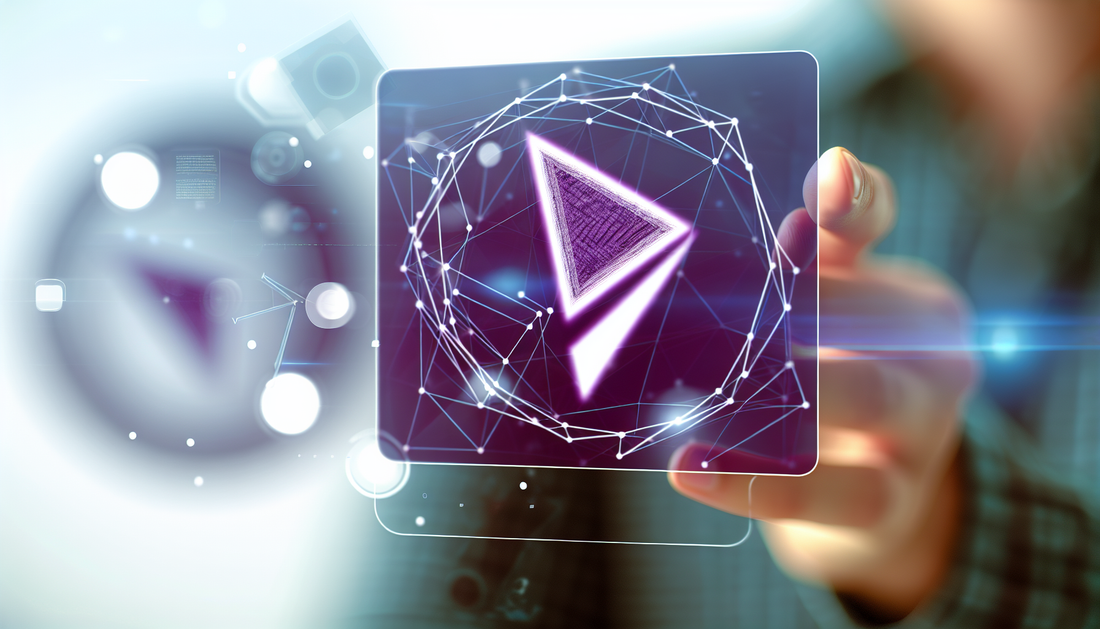
Decentralized Governance: The Heart of Polygon's MATIC
Share
Exploring Governance in Polygon: The Mechanics Behind MATIC
Polygon, also known by its native token, MATIC, stands as a significant layer-2 scaling solution for Ethereum. While much of the conversation around Polygon often revolves around its technological capabilities, an equally critical aspect is its governance model. Understanding such governance is crucial for stakeholders involved in the ecosystem.
Decentralized Governance and Decision-Making
Polygon's governance is fundamentally decentralized, aiming to distribute decision-making power across the network. This approach ensures that no single entity can exert undue influence over the project's trajectory, a philosophy that resonates with the broader ethos of blockchain technology. Governance in Polygon is orchestrated through a series of proposals where community members can voice their opinions and vote on crucial updates or changes to the network.
The Role of MATIC in Governance
The MATIC token is essential to Polygon's governance framework. Holders of MATIC can participate in decision-making processes by voting on proposals pertaining to changes in the network’s protocol or roadmap. This token-based governance mechanism aims to keep the network adaptable and transparent, aligning the interests of various stakeholders.
Governance Challenges and Considerations
While Polygon's governance structure is a step towards decentralization, several challenges persist. Ensuring adequate participation from token holders in voting exercises remains a primary concern. Often, the engagement levels can be low, with many stakeholders not exercising their voting rights, a challenge not unique to Polygon. This has implications for the practical execution of decentralization, mirroring challenges faced by other blockchain projects such as the [Dogecoin community](https://bestdapps.com/blogs/news/dogecoins-governance-dilemma-a-community-in-flux-december-8-2023).
Comparative Insights
Comparing Polygon's governance to that of other blockchain networks can provide further insight. For example, contrasting Polygon's approach with Hedera Hashgraph’s innovative model can highlight different methodologies in addressing governance ([Hedera's Governance](https://bestdapps.com/blogs/news/decoding-hederas-innovative-governance-model-january-26-2024)). Each network presents unique solutions and shortcomings, reflective of their community’s specific needs and growth trajectories.
In summary, the governance model implemented by Polygon strives to fortify its ecosystem by leveraging MATIC as a core component in decision-making. However, like other decentralized projects, it faces the perennial challenge of boosting community involvement and engagement in governance processes to realize its full democratic potential. Understanding these dynamics is essential for any participant looking to engage deeply with Polygon.
